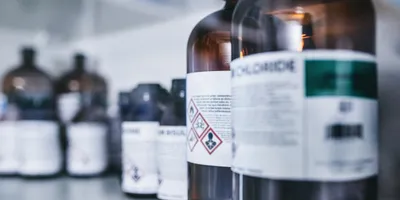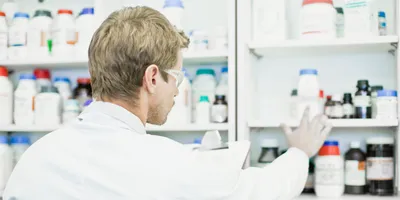Personal protective equipment (PPE) and other safety equipment can be found in almost any lab, as they are crucial for protecting workers from everyday hazards. Masks, face shields, safety goggles, lab coats, and gloves all limit your staff’s exposure to harmful agents. Other equipment such as chemical storage cabinets prevents fires or chemical reactions, while safety showers and eye wash stations are critical to mitigate harm to workers if an emergency does occur. For a list of safety equipment and PPE manufacturers, see our online directory: LabManager.com/safety-equipment-PPE-manufacturers
6 Questions to Ask When Buying Safety Equipment or PPE:
- What equipment do you need based on the work you do in your lab?
- What equipment do you need to comply with regulations?
- How often will the equipment be serviced, inspected, or replaced?
- What PPE do you need to address the hazards in your lab?
- Do you have PPE that properly fits each member of your lab?
- How will you keep track of and manage your PPE inventory?
Infographic
Laboratory hazards generally fall into three categories: chemical hazards, biological hazards, and physical hazards. In addition to engineering and administrative controls, individuals working in the laboratory environment require appropriate PPE to carry out their work safely. Check out our infographic to learn more: LabManager.com/PRG-2022-safety-PPE
Management Tip
At the beginning of the COVID-19 pandemic, PPE was in short supply for many labs. Because of this shortfall, the US Centers for Disease Control and Prevention created new guidance for both the extended use and re-use of certain protective equipment. To ensure they are prepared in the event of future PPE shortages, labs should refer to this guidance and have a back-up plan for these critical supplies.











